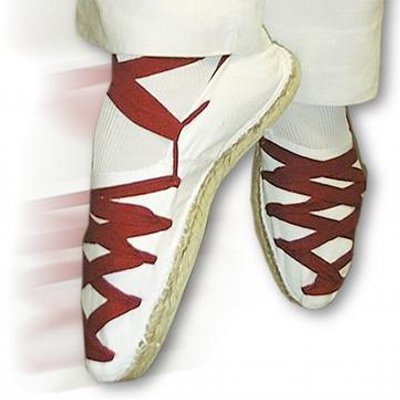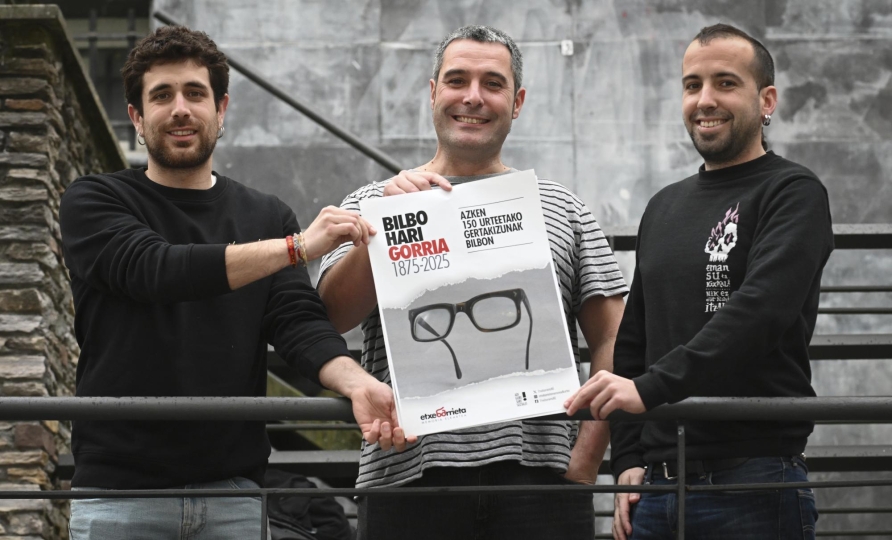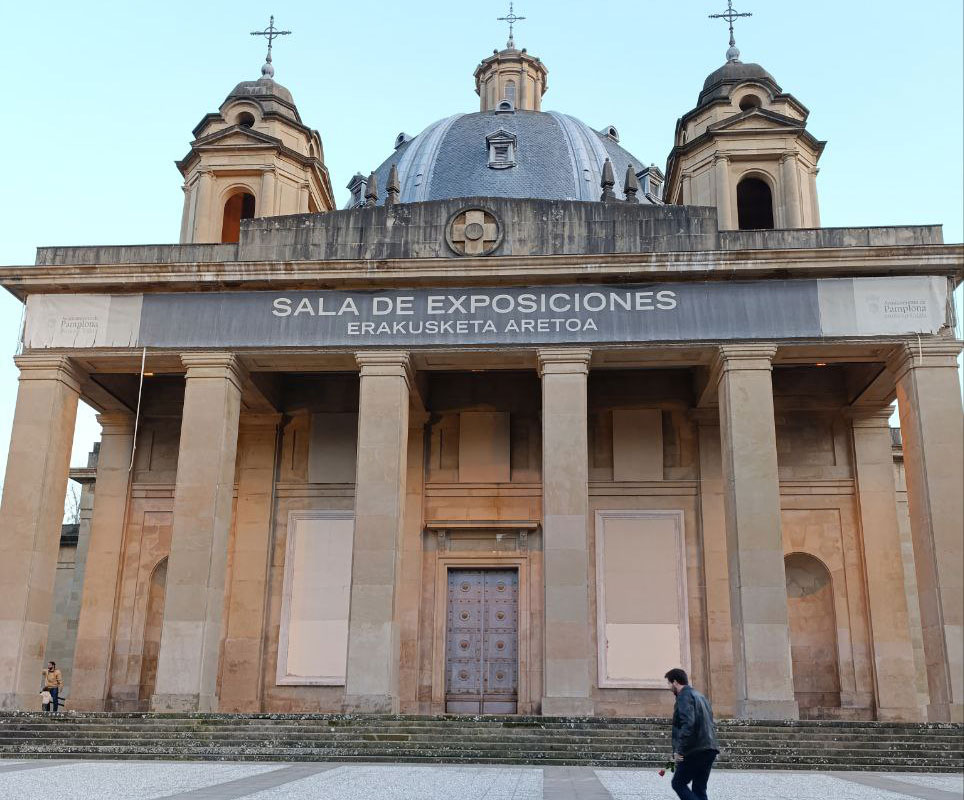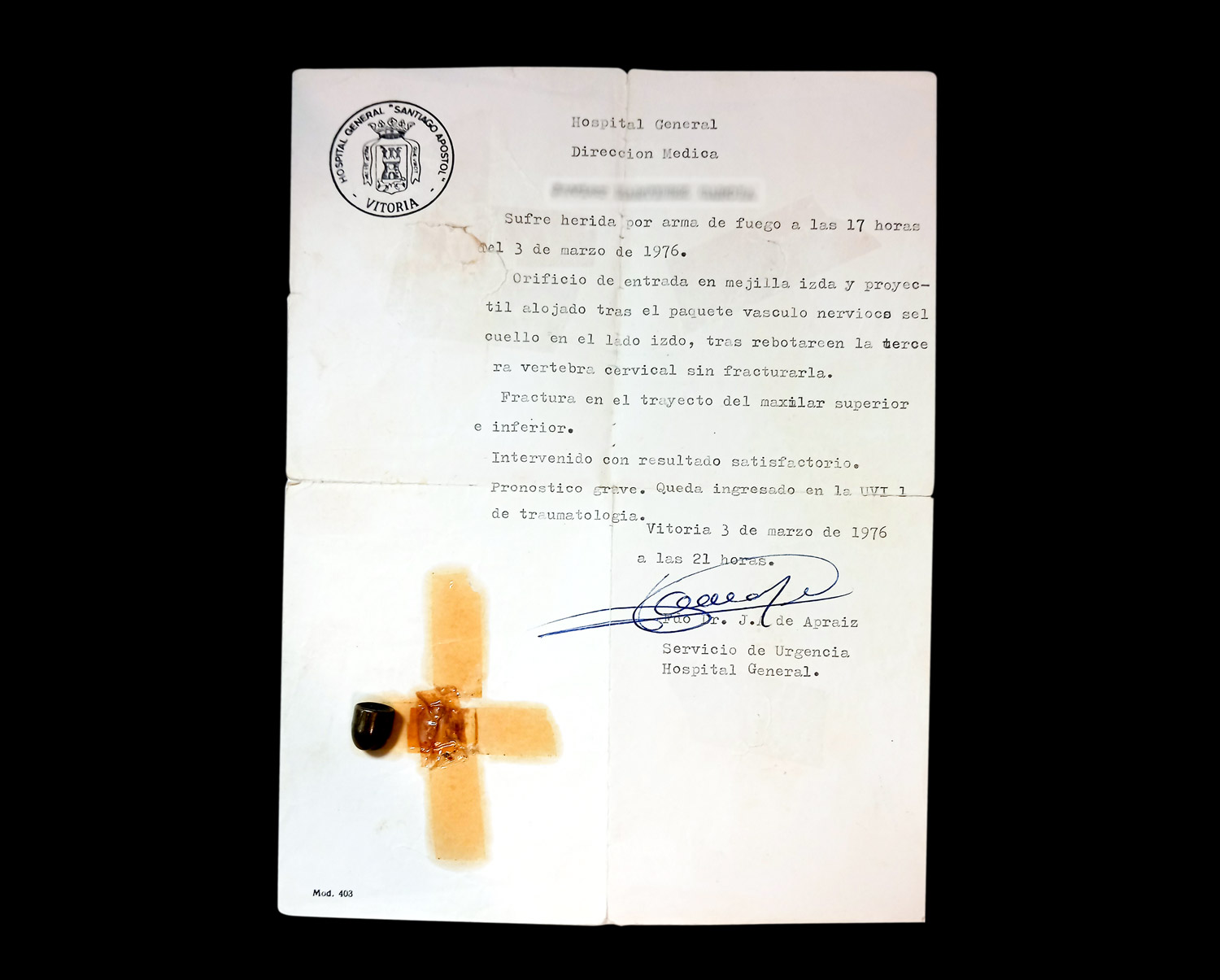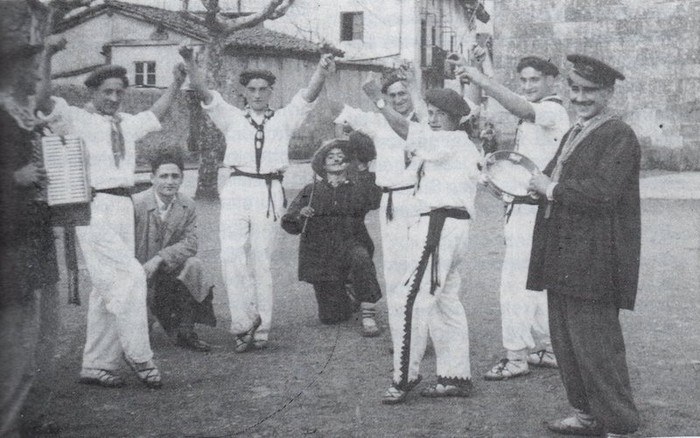"The idea of resurrecting the 'Olentxero' of the separatist priest"
- In the late 1940s, Olentzero was the destination of the police. For the kidnapping and murder of children? No! It could be that the Olentzero would put the children in the bag and pass them to the sea, or that it would come with the sickle that the children would be told to cut their neck. But no, the police were persecuted among the youth for "opening separatist feelings".

The Provincial Historical Archive of Gipuzkoa published in 1949 the report of the Police Commissioner of San Sebastian on the Olentzero. The police say that the tradition of this party was lost and that it was recovered in 1947. In 1948 there were a large number of Olentzero's requests:
"San Sebastián San Sebastián atatzen duten talde batek, eta muina, besterik gabe, helburu benéfico egiten ditugu. Euskaratu eta euskal kantuzas see daude, eta ez dakiguren content ez dakiguren bat".
Police had jobs to understand the songs of the Olentzero. Finally, the civil government authorized the festival, but they had to go to censorship, that is, the organizing committee of the Olentzero sent a request for authorization to the civil government, in which they had to collect the letters of songs they would sing in pasacalles, along with the translation in Spanish.
For example:
"Olentzero" big head
recognition
baby
a skin of ten sheep
Father Otaegi, who organized and encouraged Olentzero's pasacalles in Donostia, was apparently "fichado": "This priest is a separatist." The police state that the only goal to resurrect "Olentxero" is to extend nationalism and separatism among young people:
"Behin eta berriro esan da separatistas por tactica, eta ez dela beste sentierten, eta ez dela beste ekintza-folcloritoak euskal izoan bere sentimaz regionalism bat iran, gero, separatismoan atea. Hori bakarrik, ekintza-esku daude".
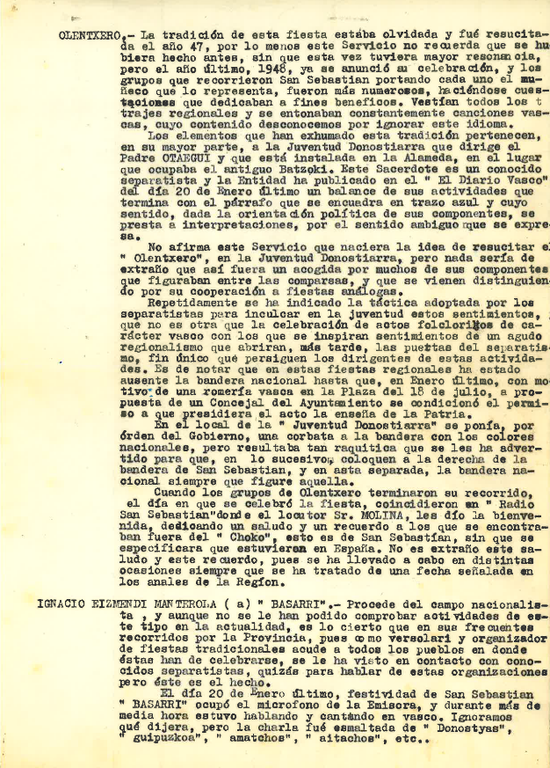
Short chain basarri
While the first and most of the report focuses on the section on "Olentxero", the following sections also have content. The report shows that Bertsolari, journalist and writer Inazio Eizmendi Basarri followed the police very closely, with her original sin ("Not from the nationalist camp") and her movements and relationships as dangerous ("she has been seen in contact with known separatists"). But the ignorance of the Basque country blinded the Francoists: "Euskeraz ari gara hitz eta kantatuz. We don't know what he said, but the talk was glazed by "Donostyas," "guipuzkoa," "amatchos," "aitachos," etc.
Enemies of Spain
There are convents and churches in which the priests regularly give Mass in Basque to the police and these priests are considered enemies of Spain:
"PRIESTS WHO DO HOW MUCH HARM THEY CAN TO SPAIN.- Basque priests separatistak legioa dira nor baino minimo beroa Mobiletik postulates, eta procura, bere eragin undoubted, Patria kontra sentimendua bizirik eutsi".
Report of the Police Commissioner: Olentxero (pdf)
Translations of villancicos:
Source: Arrival of the dangerous "Olentxero" 1947.urtean (Historical Provincial Archive of Gipuzkoa, 21-12-2023)
Kirola eta oroimena uztartuko dituzte, bigarrenez, mendi-martxa baten bitartez. Ez da lehiakorra izanen, helburua beste bat delako. La Fuga izeneko mendi martxak 1938ko sarraskia gogorarazi nahi du. Ezkabako gotorlekuan hasi eta Urepelen amaituko da. Maiatzaren 17an eginen dute.
Fusilamenduak, elektrodoak eta poltsa, hobi komunak, kolpismoa, jazarpena, drogak, Galindo, umiliazioak, gerra zikina, Intxaurrondo, narkotrafikoa, estoldak, hizkuntza inposaketa, Altsasu, inpunitatea… Guardia Zibilaren lorratza iluna da Euskal Herrian, baita Espainiako... [+]
Gogora Institutuak 1936ko Gerrako biktimen inguruan egindako txostenean "erreketeak, falangistak, Kondor Legioko hegazkinlari alemaniar naziak eta faxista italiarrak" ageri direla salatu du Intxorta 1937 elkarteak, eta izen horiek kentzeko eskatu du. Maria Jesus San Jose... [+]
Familiak eskatu bezala, aurten Angel oroitzeko ekitaldia lore-eskaintza txiki bat izan da, Martin Azpilikueta kalean oroitarazten duen plakaren ondoan. 21 urte geroago, Angel jada biktima-estatus ofizialarekin gogoratzen dute.
Bilbo Hari Gorria dinamikarekin ekarriko ditu gurera azken 150 urteetako Bilboko efemerideak Etxebarrieta Memoria Elkarteak. Iker Egiraun kideak xehetasunak eskaini dizkigu.
33/2013 Foru Legeari Xedapen gehigarri bat gehitu zaio datozen aldaketak gauzatu ahal izateko, eta horren bidez ahalbidetzen da “erregimen frankistaren garaipenaren gorespenezkoak gertatzen diren zati sinbolikoak erretiratzea eta kupularen barnealdeko margolanak... [+]
1976ko martxoaren 3an, Gasteizen, Poliziak ehunka tiro egin zituen asanbladan bildutako jendetzaren aurka, zabalduz eta erradikalizatuz zihoan greba mugimendua odoletan ito nahian. Bost langile hil zituzten, baina “egun hartan hildakoak gehiago ez izatea ia miraria... [+]
Memoria eta Bizikidetzako, Kanpo Ekintzako eta Euskarako Departamentuko Memoriaren Nafarroako Institutuak "Maistrak eta maisu errepresaliatuak Nafarroan (1936-1976)" hezkuntza-webgunea aurkeztu du.



